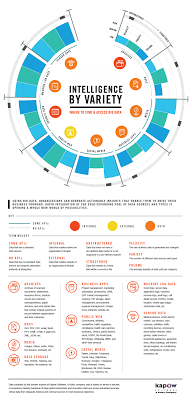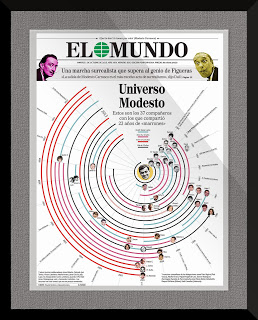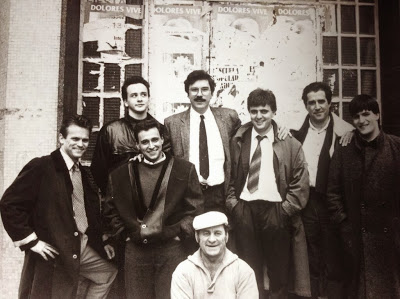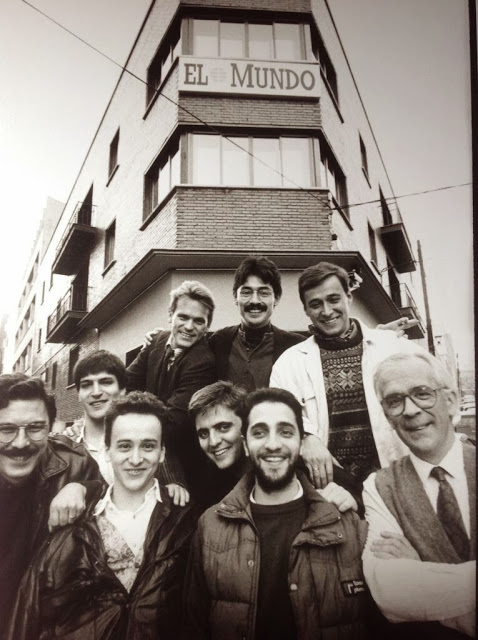Ayer Modesto J. Carrasco (@modesjcc) pasó por Twitter estas dos geniales imágenes.
Son los comienzos del departamento de gráficos de EL MUNDO, en 1989.
Las tenía en papel fotográfico en su casa, les hizo una foto con el iPhone y en segundos corrían por la red.
También ayer nos vimos y nos reímos mucho, entre otras cosas, recordando cuando teníamos que bajar a los talleres a pedir vez para usar un escáner. Perdías la mañana, seguro.
Fotografía digital de una foto impresa. Sí, Modesto siempre supo adaptarse a las nuevas tecnologías y estoy seguro de que tendremos buenas noticias suyas pronto.

Principios de los 90: Jeff Goertzen, Gorka Sampdro, Modesto, Ricardo Martínez, Mario Tascón, Jordi Clapers y Samuel Velasco. El tipo de abajo con la gorra era un currante de la obra de enfrente, en la sede de EL MUNDO en Sánchez Pacheco.
1990: Ricardo Martínez, Gorka Sampedro, Mario Tascón, Patxi Aguirre, Forges, Modesto, Ulises Culebro, Jeff Goertzen, Samuel Velasco, en Sánchez Pacheco.
Hace unos días intercambié impresiones con Jeff Goertzen, actualmente Director de Educación en la SND y consultor en Orange County Register – ¡aluncinen con estas láminas!– , y me dijo esto sobre Modesto: «What a tenure that man has given to El Mundo! If there were a guy that I truly enjoyed working with, it was him. He is one of the few remaining original gang that we were there during the Gulf War. He was a fabulous colleague.».
«Sí», le contesté. Era lo mismo que yo pensaba.
Ayer estuvimos celebrando con Modesto su larga carrera profesional en el diario, 23 años.
Emilio Amade realizó un gráfico para la ocasión, le fue entregado enmarcado, que resumía la historia del departamento siguiendo sus pasos. Espero tenerlo pronto para publicarlo aquí. Una pasada.

































